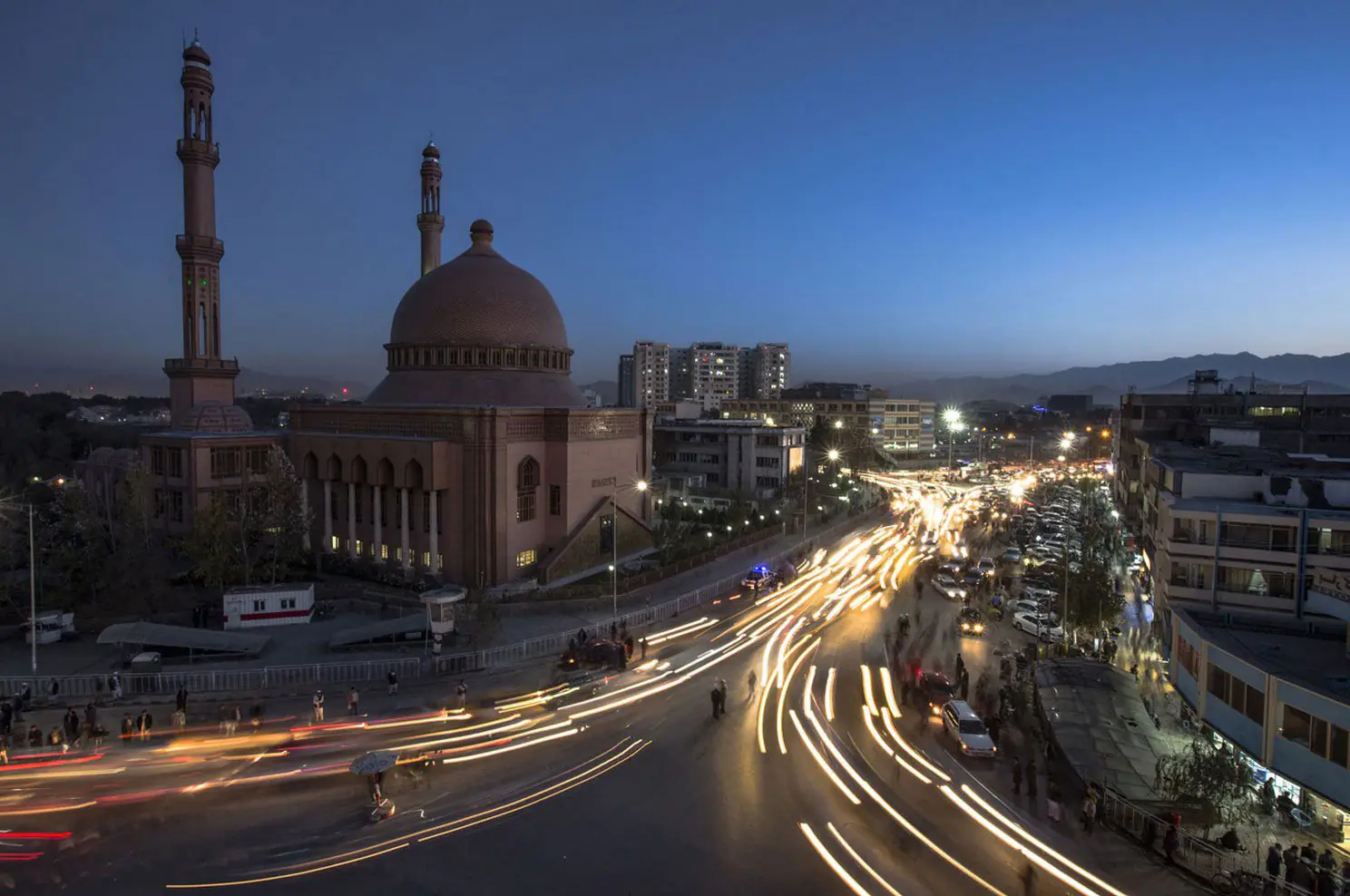1. Professionals in agriculture: Agriculture is an important source of livelihood for many Afghans, with farming, livestock and related occupations being common.
Salary: from $100 to $300 or more per month.
2. Workers in the government and public sector: For many Afghans, working in government jobs, including in education and healthcare, is a common choice.
Salary: from $100 to $300 per month.
3. Specialists in trade and commerce: Many Afghans are involved in various types of trade and commercial activities, for example, as shopkeepers, traders and market vendors.
Salary: from $100 to $500 per month.
4. Construction workers and laborers: Afghanistan has a thriving construction industry.
Salary: from $50 to $150 per month.
• Working week:
The standard working week in Afghanistan is 48 hours divided into six working days.
• Vacation:
Employees are entitled to an annual paid vacation, which usually depends on years of service. The average length of annual leave can range from 15 to 30 days per year.
• Public holidays:
In Afghanistan, public holidays typically include Eid al-Fitr, Eid al-Adha, and the Afghan New Year (Nowruz), among others, which are observed as national holidays with government offices and businesses closed.
• Sick leave:
Employees are entitled to paid sick leave, usually for a specified period, to recover from illness or injury. The average length of sick leave can be between 10 and 15 days per year.
• Maternity and parental leave:
Female employees are entitled to maternity leave. The average duration of maternity leave can be between 12 and 16 weeks.
• Social security and benefits:
Employers are generally required to contribute to social security programs that cover medical, pension and unemployment benefits for employees.
• The minimum salary in Afghanistan - US$74 per month
• Average salary in Afghanistan - US$210 per month
1. Government initiatives:
The Afghan authorities are making efforts to improve the legal and regulatory environment for business. Initiatives have been undertaken to simplify business registration and facilitate ease of doing business.
2. Challenges:
Underdeveloped infrastructure, including transportation and reliable electricity, limited access to finance and investment capital, ongoing security concerns, and instability in some regions can be a major obstacle to entrepreneurship.
3. Technology startups:
The technology sector, particularly technology startups, is gaining momentum in Afghanistan. These startups are working on innovative solutions, including mobile apps and software, to solve local problems.
4. Women entrepreneurs:
Despite cultural and social barriers, there are a growing number of women entrepreneurs in Afghanistan, especially in areas such as handicrafts and small-scale agriculture.
5. Popular business sectors
- retail trade
- mining and minerals
- agriculture
- construction and infrastructure
- tourism and hospitality
1. Kabul has a more diverse economy compared to other regions.
2. Herat has a growing trade and business sector, especially with neighboring Iran.
3. Mazar-e-Sharif has some degree of economic stability and was a center for trade and commerce.
4. Kandahar is a major economic hub, primarily due to its strategic location and proximity to the Pakistan border.





